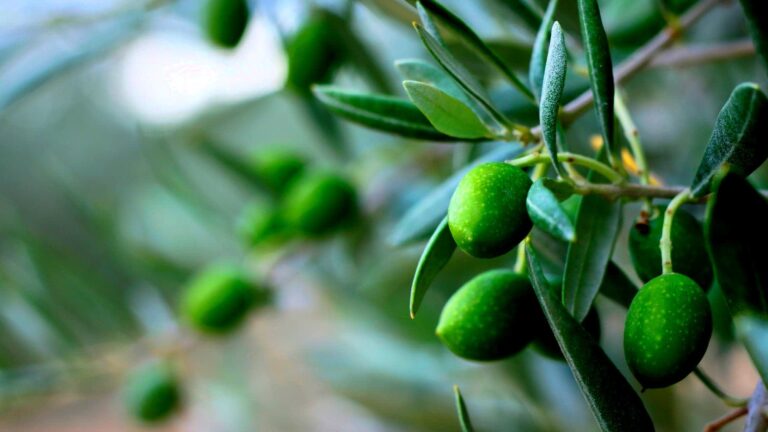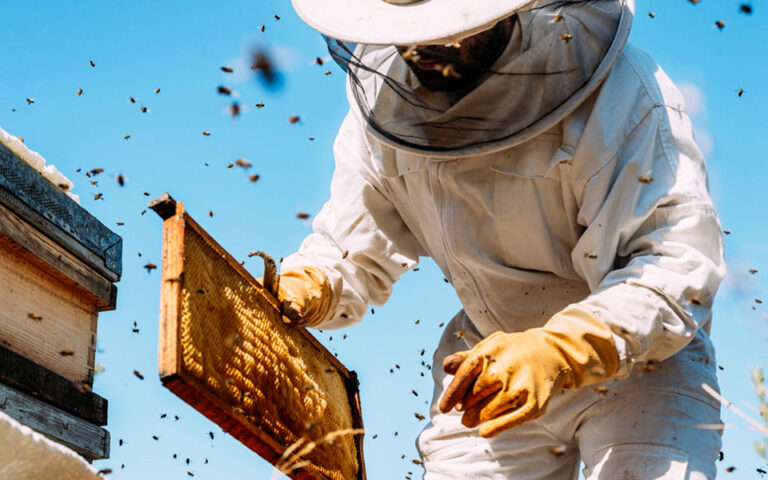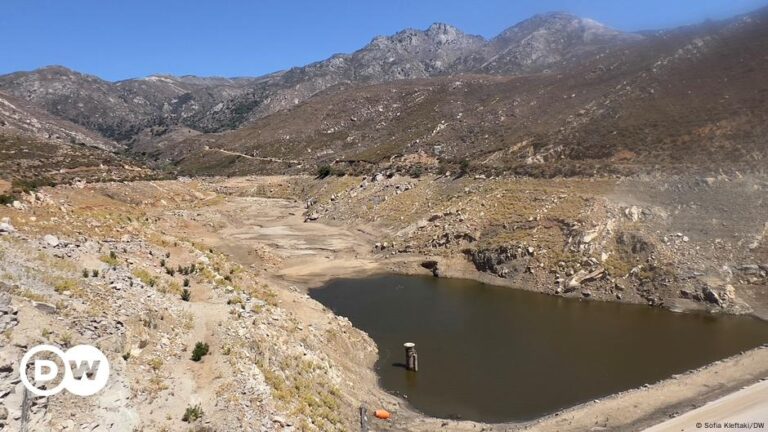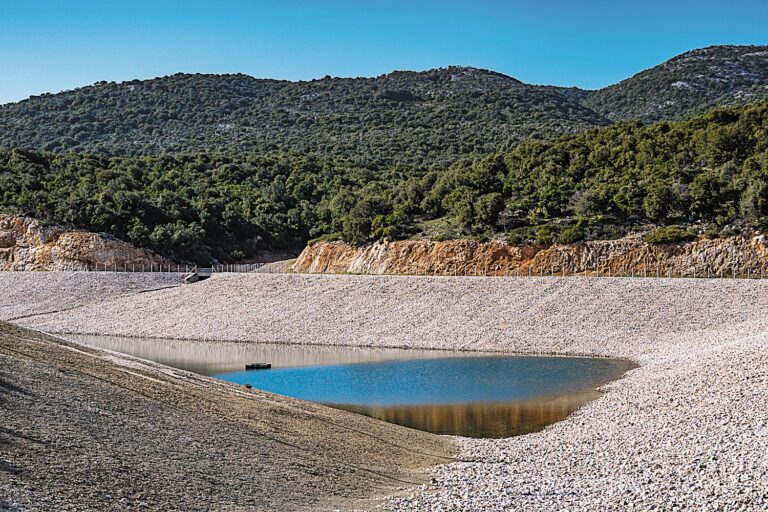Groves Need Rain Ahead of Harvest in Greece
After more than four months of hot and dry weather in much of Greece, olive farmers and olive oil producers cite rain as the most critical factor for a substantial olive oil crop in the country in the coming 2024/25 crop year. “The drought has hit olive farming throughout the Mediterranean,” said Yiorgos Kokkinos, the president…








